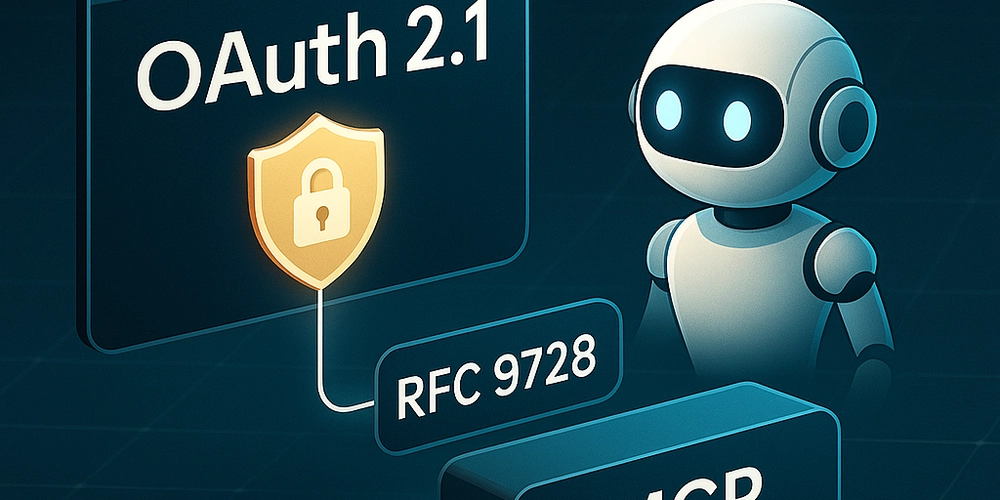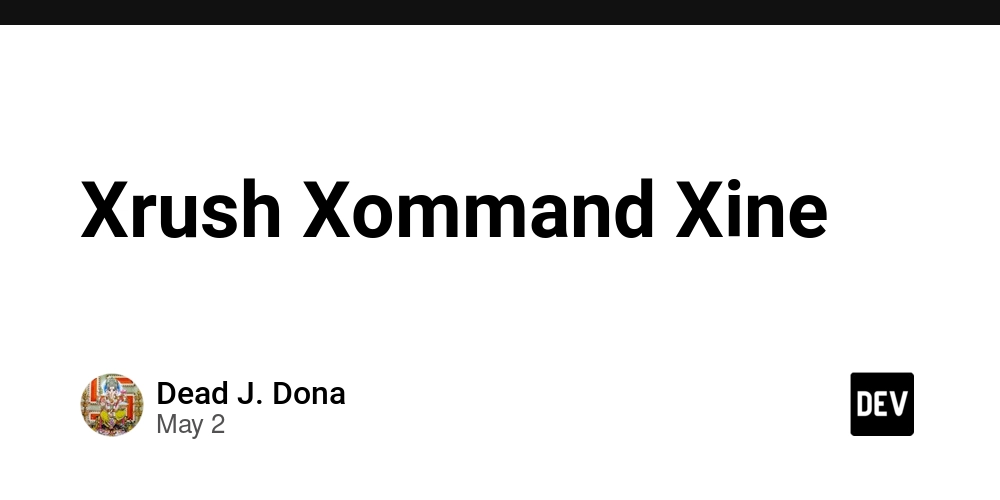State-Sponsored Hacktivism Attacks on The Rise, Rewrites Cyber Threat Landscape
The global cybersecurity landscape is witnessing an alarming paradigm shift as state-sponsored hacktivism attacks have surged dramatically in recent months, blurring the traditional boundaries between politically motivated activism and sophisticated nation-state operations. These hybrid threats combine the ideological zeal of hacktivism with the advanced persistent threat capabilities typically associated with state intelligence agencies, creating a […] The post State-Sponsored Hacktivism Attacks on The Rise, Rewrites Cyber Threat Landscape appeared first on Cyber Security News.

The global cybersecurity landscape is witnessing an alarming paradigm shift as state-sponsored hacktivism attacks have surged dramatically in recent months, blurring the traditional boundaries between politically motivated activism and sophisticated nation-state operations.
These hybrid threats combine the ideological zeal of hacktivism with the advanced persistent threat capabilities typically associated with state intelligence agencies, creating a more complex and dangerous digital battleground.
Security experts are reporting a 47% increase in such attacks since January, with critical infrastructure, financial institutions, and government agencies bearing the brunt of these coordinated campaigns that frequently leverage zero-day vulnerabilities to establish persistent network footholds.
Recent attacks have demonstrated an evolution in tactics, with threat actors exploiting legitimate system administration tools while deploying custom malware designed to evade detection.
In March, a sophisticated attack campaign dubbed “PhantomShadow” targeted energy sector organizations across three continents, utilizing a multi-stage infection process that began with spear-phishing emails containing weaponized documents.
These documents exploited a previously undisclosed vulnerability in document processing software to deliver a first-stage loader that established persistence and communications with command-and-control servers hosted on compromised legitimate websites.
Industrial Cyber analysts from Mandiant identified the malware’s unusual characteristics, noting its modular architecture and extensive anti-analysis capabilities.
“What makes this campaign particularly concerning is how it combines living-off-the-land techniques with sophisticated custom code designed to operate with minimal detection footprint,” explained Maria Sanchez, Principal Threat Researcher at Mandiant.
Researchers have linked the campaign to the threat actor APT42, believed to operate under the direction of a nation-state with growing strategic interests in energy sector disruption.
The attacks have caused significant operational disruptions, with several energy providers reporting control system anomalies and at least two instances of temporary service disruption.
The economic impact extends beyond immediate recovery costs, as affected organizations face regulatory scrutiny, reputational damage, and the need for comprehensive security overhauls.
These incidents highlight the evolving capability of state-sponsored hacktivists to target critical infrastructure with potentially devastating consequences.
Security researchers are particularly concerned about the sophisticated detection evasion techniques employed in these attacks, which represent a significant advancement over previous campaigns attributed to the same actors.
The malware demonstrates a deep understanding of security tools and defensive measures, suggesting either extensive reconnaissance or potential insider knowledge of target environments.
The detection evasion capabilities of PhantomShadow include an innovative process hollowing technique that injects malicious code into legitimate Windows processes.
The following code snippet illustrates how the malware uses a modified API hooking method to intercept and manipulate security tool functions:-
BOOL InstallHook(LPCSTR szModuleName, LPCSTR szProcName, PROC pfnHook, PROC *ppfnOrig) {
HMODULE hModule = GetModuleHandleA(szModuleName);
if (!hModule) return FALSE;
PROC pfnProc = GetProcAddress(hModule, szProcName);
if (!pfnProc) return FALSE;
DWORD dwOldProtect;
if (!VirtualProtect(pfnProc, 5, PAGE_EXECUTE_READWRITE, &dwOldProtect))
return FALSE;
*ppfnOrig = (PROC)VirtualAlloc(NULL, 10, MEM_COMMIT, PAGE_EXECUTE_READWRITE);
memcpy(*ppfnOrig, pfnProc, 5);
*(BYTE*)pfnProc = 0xE9; // JMP opcode
*(DWORD*)((BYTE*)pfnProc + 1) = (DWORD)pfnHook - (DWORD)pfnProc - 5;
VirtualProtect(pfnProc, 5, dwOldProtect, &dwOldProtect);
return TRUE;
}This code allows the malware to intercept security monitoring calls, effectively becoming invisible to many standard detection methods.
When combined with its polymorphic capabilities and encrypted command-and-control communications, PhantomShadow represents a significant evolution in the sophistication of state-sponsored hacktivism tools.
PhantomShadow Attack presents the multi-stage infection process, from initial spear-phishing to lateral movement through compromised networks.
Security professionals are advised to implement enhanced network monitoring, regular threat hunting exercises, and robust email filtering to mitigate the risk posed by these evolving threats.
Are you from the SOC and DFIR Teams? – Analyse Malware Incidents & get live Access with ANY.RUN -> Start Now for Free.
The post State-Sponsored Hacktivism Attacks on The Rise, Rewrites Cyber Threat Landscape appeared first on Cyber Security News.







































































































































































![[The AI Show Episode 145]: OpenAI Releases o3 and o4-mini, AI Is Causing “Quiet Layoffs,” Executive Order on Youth AI Education & GPT-4o’s Controversial Update](https://www.marketingaiinstitute.com/hubfs/ep%20145%20cover.png)

































































































































![From Art School Drop-out to Microsoft Engineer with Shashi Lo [Podcast #170]](https://cdn.hashnode.com/res/hashnode/image/upload/v1746203291209/439bf16b-c820-4fe8-b69e-94d80533b2df.png?#)








































































































(1).jpg?#)






























_Inge_Johnsson-Alamy.jpg?width=1280&auto=webp&quality=80&disable=upscale#)













































































































![Apple Developing AI 'Vibe-Coding' Assistant for Xcode With Anthropic [Report]](https://www.iclarified.com/images/news/97200/97200/97200-640.jpg)
![Apple's New Ads Spotlight Apple Watch for Kids [Video]](https://www.iclarified.com/images/news/97197/97197/97197-640.jpg)








































































![[Weekly funding roundup April 26-May 2] VC inflow continues to remain downcast](https://images.yourstory.com/cs/2/220356402d6d11e9aa979329348d4c3e/WeeklyFundingRoundupNewLogo1-1739546168054.jpg)



























